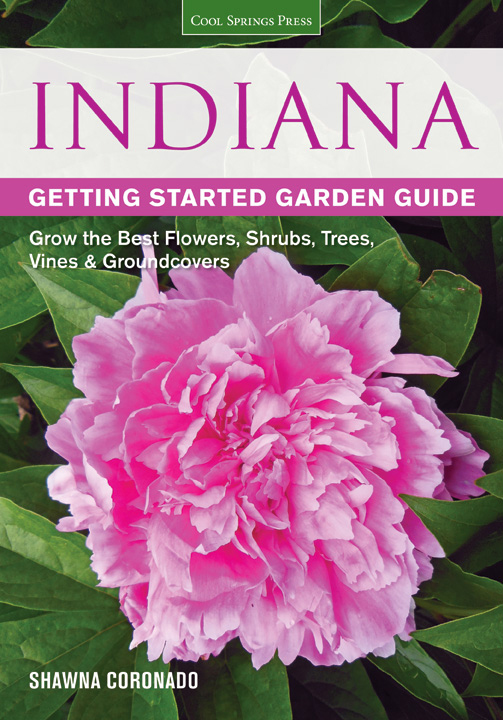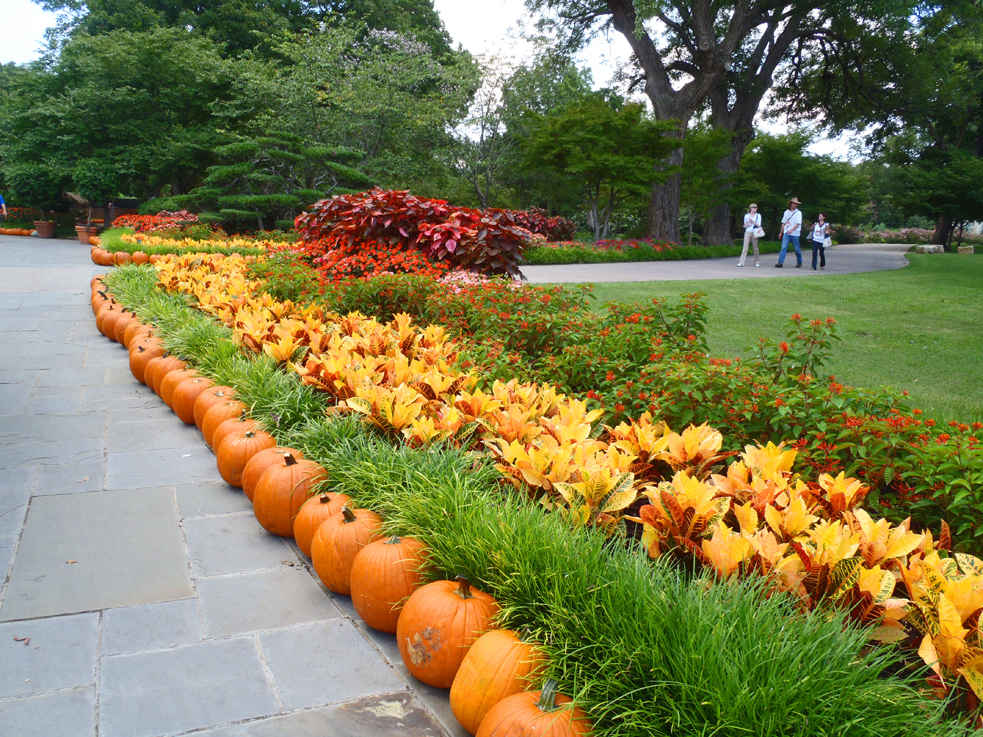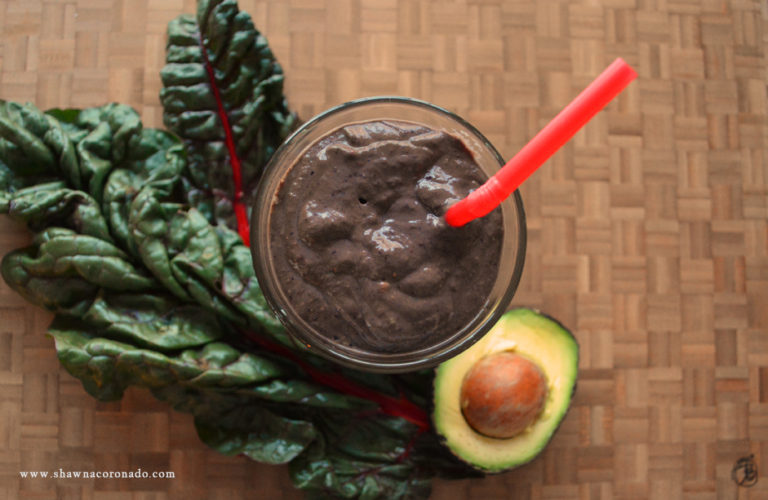How to Grow Daffodils in Your Garden
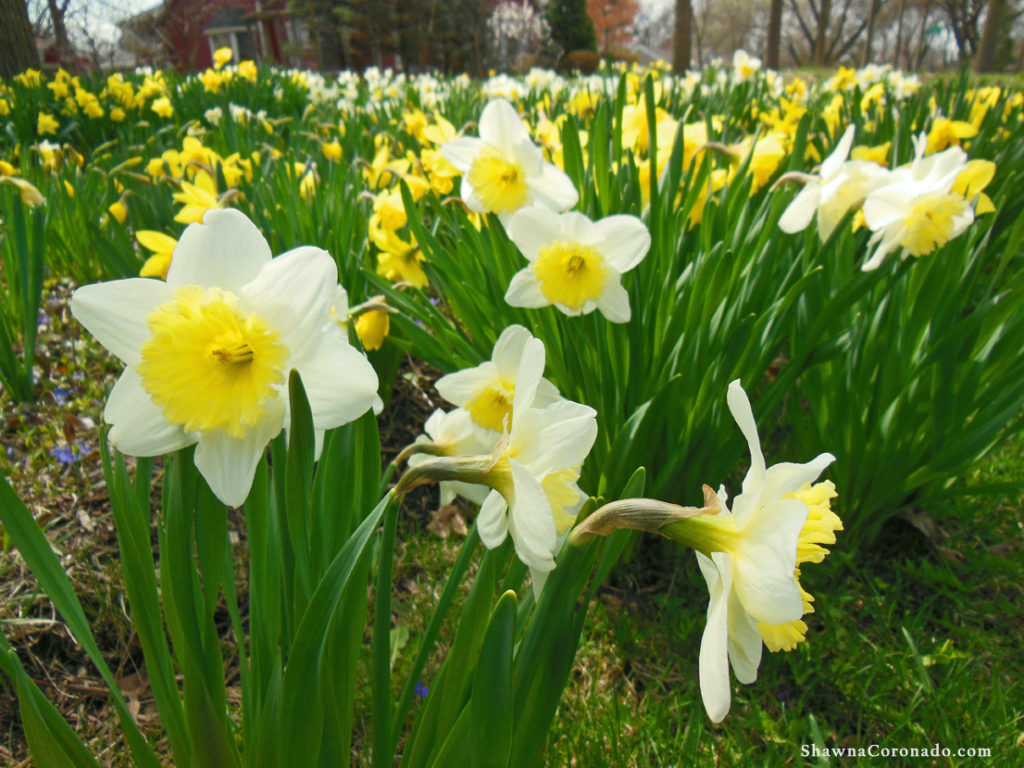
Daffodils are available in thousands of varieties and are tough, prolific bulbs that come back year after year. Deer and other animal pests do not like daffodils (which are members of the onion family). That makes them an excellent selection for mass naturalized plantings on properties in the country or near forest preserves.
Daffodils Symbolize Friendship
Daffodils flowers symbolize friendship (we definitely need more friendship) and are often given in spring to celebrate new life. New hybrids and varieties have enlivened the traditional yellow flower with the ring of flat petals surrounding a long trumpet cup that we know as the daffodil. White, yellow, pink, and orange varieties with single, double, or split cups offer gardeners amazing selections. There is early-, middle-, and late-spring blooming varieties to choose from as well. Below is an excerpt from the Indiana Getting Started Gardening Guide which can give you some insight into planting bulbs.
How to Plant and Grow Daffodils
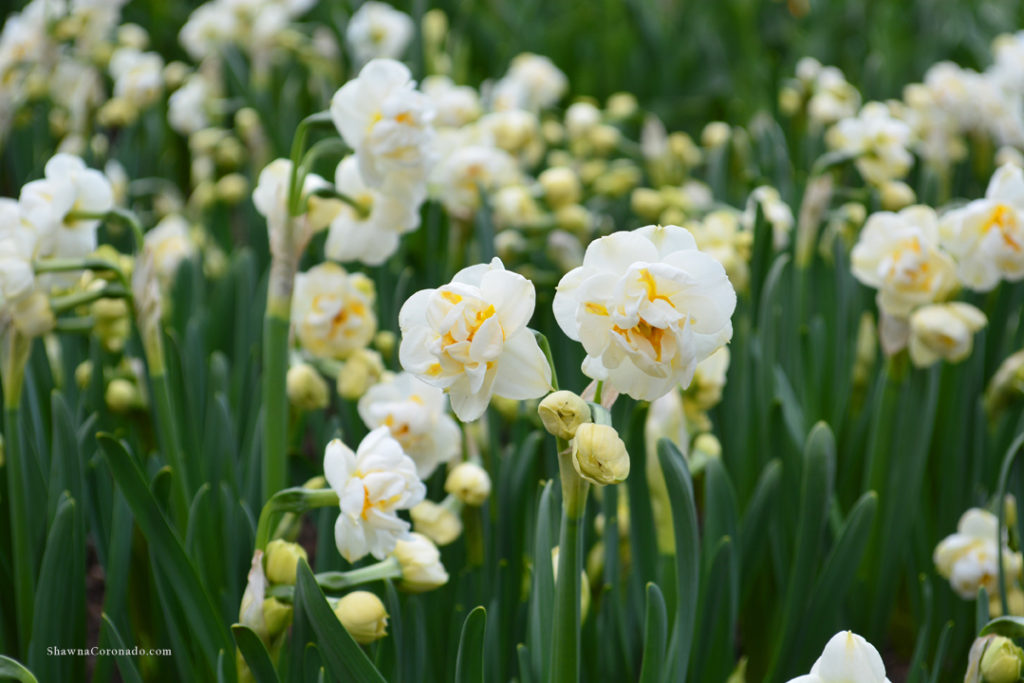
Botanical name — Narcissus spp.
Bloom Period and Seasonal Color — Spring; yellow, white, pink, peach, and orange flowers
Mature Height × Spread — 2 to 24 inches × 2 to 6 inches
Added Benefits – Attracts pollinators
Sun Requirements – Sun, Part-Sun
When, Where, and How Details of Daffodils –
Daffodils like to be planted in fertile, amended soil in a well-drained bed. Plant about 2 weeks before the ground freezes hard, usually after the first frost. Mix organic bulb fertilizer in the planting holes, but do not over-fertilize as that can overproduce green stems and lessen flower development. Plant bulbs two to five times their own depth, the pointy end facing the sky, preferably in full sun (though the part sun will do).
Growing Tips –
While most daffodils are drought-tolerant, if there is an extreme drought in spring, they will need to be watered on occasion.
Daffodil Advice and Care –
You should deadhead the gnarly dried flower heads to prevent a seed set. Leave foliage on the plants until it turns brown and, as a result, the leaves will wither and encourage the energy for future growth to go back to the bulb. Arrange cut daffodils alone in a vase or soak for twenty-four hours without cutting the stem again before mixing with other flowers; their stems secrete a fluid that encourages other flowers to wilt.
Companion Planting and Design –
Clearly, yellow and white daffodils make fantastic classic naturalized scenes in the landscape. The secret is to plant them en masse. Combining them with Dutch iris, Siberian squills, crocus, and hyacinths in containers and planting beds will produce handsome color-filled displays. To create a spring bed of rosy red and white, try planting ‘Thalia’ daffodil, which has fragrant white blossoms, with ‘Christmas Marvel’, a rose-colored tulip.
For a red, white, and blue combination, try white daffodils, blue hyacinths, and bright red tulips. Miniature white and pink daffodils look adorable with the diminutive pink Muscari. Moreover, orange varieties bring a bold contrast when combined with purple-hued partners.
Try These Daffodil Varieties –
‘Centannees Split Cup’ is a type of butterfly daffodil with bright orange, broad, flat, split cups against an off-white back petal. ‘Salome pink’ has a white petal and pink cup that’s edged yellow. ‘Tête-à-tête’ is one of the tiniest and earliest blooming daffodils. ‘Acropolis double’ is a white variety with a strong hint of coral orange in the center of the flower and functions well as a naturalizing daffodil.
Want more creative growing and gardening ideas like this, particularly for gardens in the Midwest? Please get my book, the Indiana Getting Started Garden Guide.
